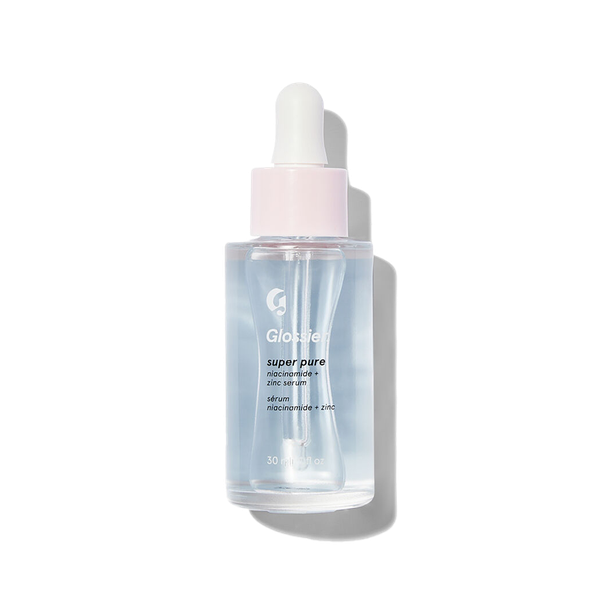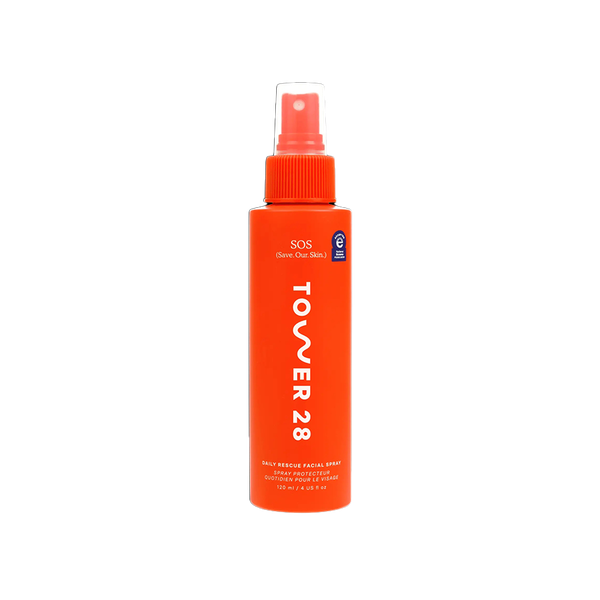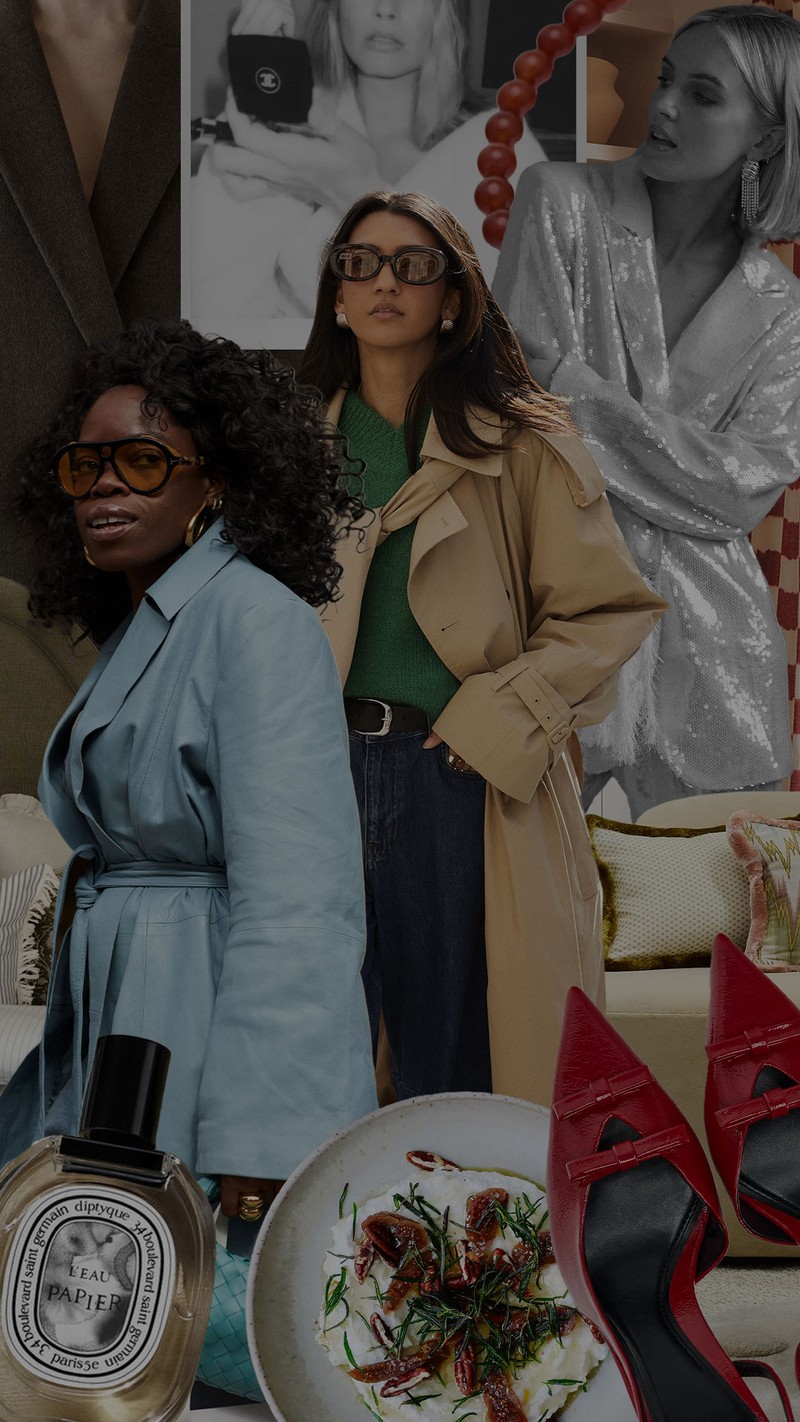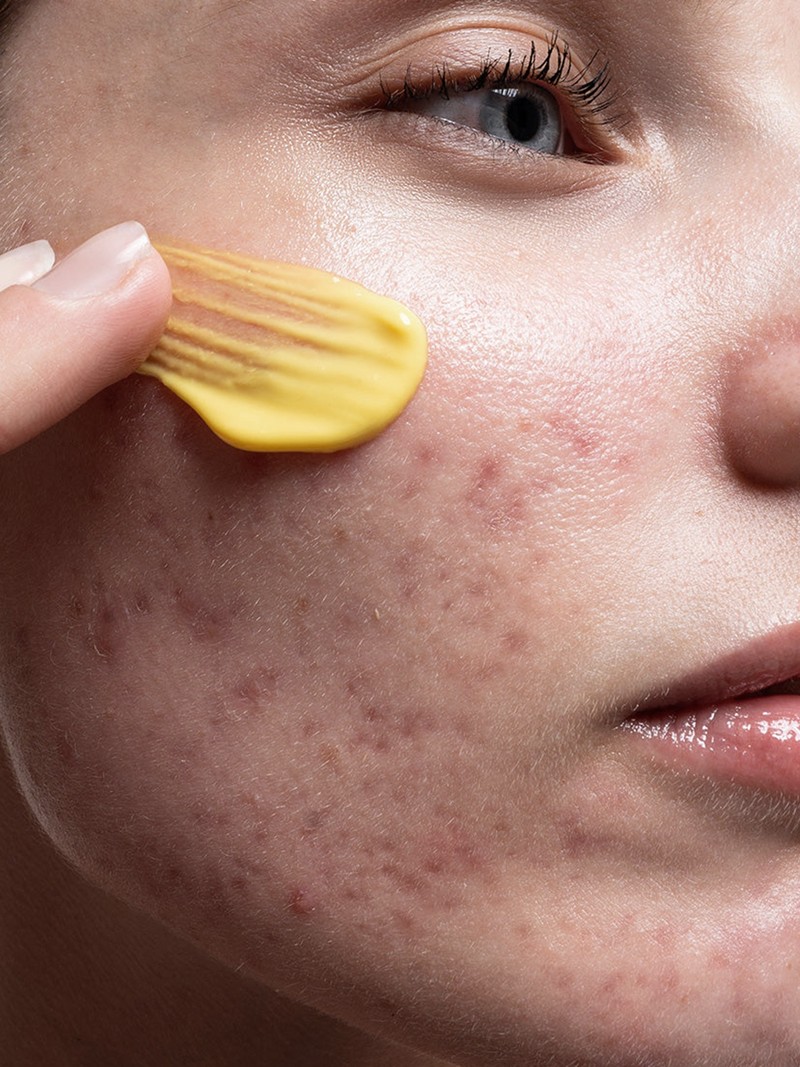
How To Treat Textured Skin
THE ISSUE:
Clogged Pores
“These look like small, non-inflamed bumps on the skin, often with a rough texture. They can present as blackheads (open comedones) or whiteheads (closed comedones). On lighter skin, blackheads are more visible, whereas on darker skin they may appear as slightly raised or roughened areas without as much contrast.” – Dr Anjali Mahto, consultant dermatologist & founder of Self London
THE MYTH:
“Some incorrectly believe clogged pores are simply a result of poor hygiene. In reality, they’re the result of excess oil production, dead skin cell build-up and sometimes genetic predisposition.” – Anjali
THE SOLUTION:
Ingredients
“Salicylic acid is highly effective as it penetrates deep into the pores, dissolving excess oil and dead skin. I often recommend Paula’s Choice 2% BHA Liquid Exfoliant, as it’s gentle yet effective. Retinoids – particularly prescription-strength ones such as tretinoin or adapalene – increase cell turnover, preventing blockages from forming. Niacinamide can also help regulating oil production.”
Treatments
“One of the most advanced options is AviClear, a laser treatment specifically designed for acne. It works by selectively targeting the sebaceous glands, reducing their activity without damaging the surrounding skin. By addressing the root cause, it helps prevent future breakouts and minimises clogged pores over time. At Self London, we’ve seen remarkable results with AviClear, particularly in patients who’ve struggled with persistent congestion despite using medical-grade skincare and prescription treatments. The procedure is non-invasive, requires minimal downtime and is suitable for a range of skin types.”
Other Key Factors
“Over-exfoliation, particularly with harsh physical scrubs, can exacerbate clogged pores. Similarly, thick or comedogenic textures – such as oils and balms – can contribute. There’s also some evidence that high glycaemic index foods, like white bread, sugary snacks and processed carbohydrates, can contribute to increased oil production and acne. Stress is another key factor, as it triggers the release of cortisol, a hormone that can increase oiliness and inflammation in the skin. Finally, hormonal fluctuations, particularly around menstruation or in conditions such as polycystic ovary syndrome, can also lead to increased sebum production and clogged pores.” – Anjali
THE ISSUE:
Milia
“Milia are tiny white or yellowish bumps that sit just beneath the surface of the skin, often around the eyes, cheeks or forehead. They feel hard and grain-like to the touch and, unlike spots, they’re not inflamed or painful. They’re essentially small cysts full of trapped keratin.” – Natasha Clancy, facialist and founder of Kichi
THE MYTH:
“Often, people mistake milia for whiteheads or think they can be exfoliated away – this isn’t the case and squeezing them only leads to skin trauma.” – Natasha
THE SOLUTION:
Ingredients
“The best way to prevent milia from forming is regular resurfacing. Lactic acid exfoliates while maintaining hydration levels, making it ideal for dry or sensitive skin. Retinoids help regulate cell turnover and the one I recommend is Medik8’s Crystal Retinal in either the 3 or 6 strength. It’s gentle, but effective at smoothing and preventing build-up. Then there are enzymes which break down keratin protein in the outer layer of the skin, the substance that bonds dead skin cells together. Look for those derived from papaya or pumpkin – Tatcha’s Rice Polish, which has a smoothing and brightening effect, is powered by the former.”
Treatments
“Never try milia extraction at home, I recommend booking into a clinic so you can have them removed by a professional using a sterile lancet. You can also achieve great results with mild chemical peels.”
Other Key Factors
“Using very rich or heavy creams around the eyes, especially those containing mineral oils or waxes, can trap keratin under the skin. Skipping regular exfoliation or using harsh physical scrubs can also contribute.” – Natasha
THE ISSUE:
Under-The-Skin Bumps
“Under-the-skin bumps can be closed comedones, keratosis pilaris or deeper cystic acne. They often feel like tiny, firm lumps under the skin and may not always be visible. On darker skin tones, these bumps may appear as hyperpigmented areas or feel rougher rather than visibly raised.” – Anjali
THE MYTH:
“Many believe these bumps are caused by trapped dirt and try to squeeze them, which can worsen inflammation. In reality, they’re often caused by trapped oil or keratin build-up or caused by hormonal factors.” – Anjali
THE SOLUTION:
Ingredients
“Retinoids are crucial, as they speed up cell turnover and prevent build-up. Another hero ingredient is azelaic acid which soothes inflammation and prevents hyperpigmentation.”
Treatments
“To treat under-the-skin bumps, resurfacing treatments like chemical peels and laser can be really effective. If the bumps are deeper, I recommend Nd:YAG which is a particular type of laser. Topically, prescription-strength retinoids can also make a big difference.”
Other Key Factors
“Picking at the bumps, using heavy oils and layering too many occlusive products can all exacerbate bumpiness, as can a high-glycaemic diet. Note that there could even be something hormonal at play – for example, if you are pregnant or have polycystic ovary syndrome. One thing that can help balance out your hormones is managing your stress levels via sleep and relaxation.” – Anjali
THE ISSUE:
Painful Spots
“Cysts and nodules are two different types of deep, painful lumps that sit under the skin. Swollen, red and tender to touch, they don’t form a whitehead and can remain for weeks. Often hormonal, they typically appear around the jawline, chin and lower cheeks.” – Natasha
THE MYTH:
“Some think they can successfully extract them without causing skin trauma but this is rarely the case. Trying to squeeze cysts or nodules will only worsen inflammation, damage the skin barrier and increase the risk of scarring or post-inflammatory pigmentation.” – Natasha
THE SOLUTION:
Ingredients
“Salicylic acid is an oil-soluble liquid exfoliant which works by penetrating the pores and dissolving the bonds between dead skin cells, whereas niacinamide is brilliant at calming inflammation and controlling sebum. Medik8 Blemish SOS, which contains both, is great for treating painful spots without drying out the surrounding skin. Again, retinoids can help, but I also recommended having La Roche-Posay Cicaplast on standby for supporting the skin barrier during flare-ups.”
Treatments
“Kichi Baby Face is our most advanced facial for active breakouts. It uses a non-ablative Thulium laser to deeply cleanse pores, control oil production and help lift post-inflammatory pigmentation (PIH). It’s also incredible for restoring clarity without disrupting the skin barrier. LED light therapy is another one to consider, the blue light kills acne-causing bacteria and calms inflammation.”
Other Key Factors
“It’s important to avoid stripping the skin with harsh exfoliants, over-cleansing or using too many actives at once. Picking is another big no – it leads to trauma and pigmentation. Poor diet (excess sugar and dairy), stress, and lack of sleep can all also contribute. For persistent or cystic acne, where possible it’s best to see a dermatologist so you can explore whether topical or oral prescriptions could be right for you. – Natasha
THE ISSUE:
Acne Scarring
“Acne scarring can present as atrophic (depressed) scars, hypertrophic (raised) scars or post-inflammatory hyperpigmentation. On darker skin PIH is more common, whereas on lighter skin, red post-acne marks (post-inflammatory erythema) are more prevalent.” – Anjali
THE MYTH:
“Many people think acne scars are permanent, but they can be improved with the right treatments. Another myth is that over-the-counter scrubs can fade scars – physical exfoliation is often too harsh and ineffective. Acne scarring requires treatment by a consultant dermatologist who is experienced in treating the condition.” – Anjali
THE SOLUTION:
Ingredients
“Retinoids are among the most effective, as they increase cell turnover, stimulate collagen production and resurface the skin over time. This makes them particularly useful for improving atrophic acne scars and overall skin smoothness. Vitamin C is another useful ingredient, known for its ability to brighten and reduce PIH. As an antioxidant, it also helps protect against free radical damage, which can worsen scarring.”
Treatments
“The best approach depends on the type of scarring. Chemical peels, particularly medium-to-deep strengths, resurface the skin by exfoliating damaged layers and boosting collagen production. Peels are best for treating PIP and shallow scars. For deeper scars, fractional laser therapy can significantly improve skin texture by promoting collagen regeneration and smoothing irregularities. Finally, subcision is a specialised technique used for deep, tethered scars. A dermatologist uses a fine needle to break the fibrous bands pulling the scar downward, allowing the skin to lift and even out over time. A combination of these treatments, under the guidance of a consultant dermatologist and tailored to the specific scar type and skin tone, will provide the best results.” – Anjali
Follow @ANJALIMAHTO & @SKINBYNATASHACLANCY
SHOP THE PRODUCT EDIT
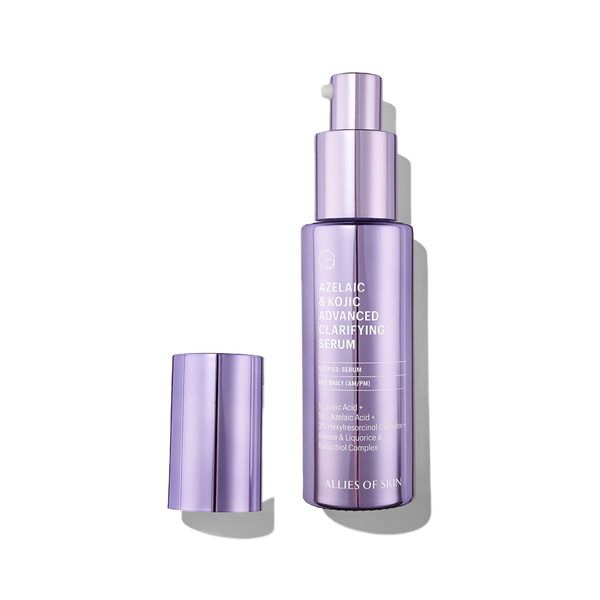

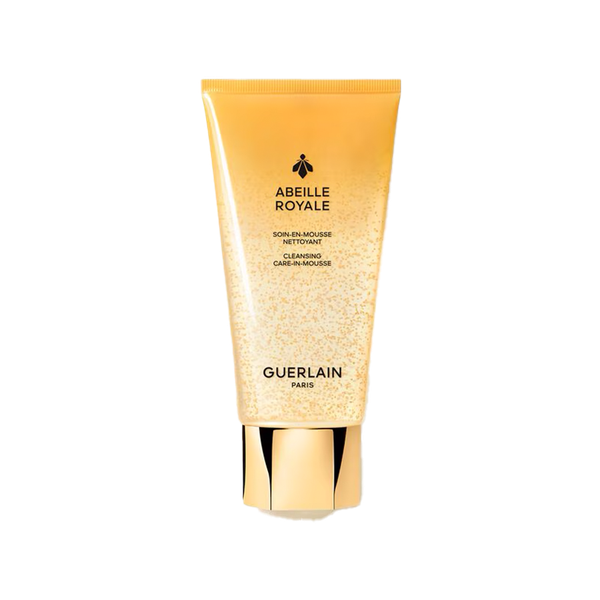

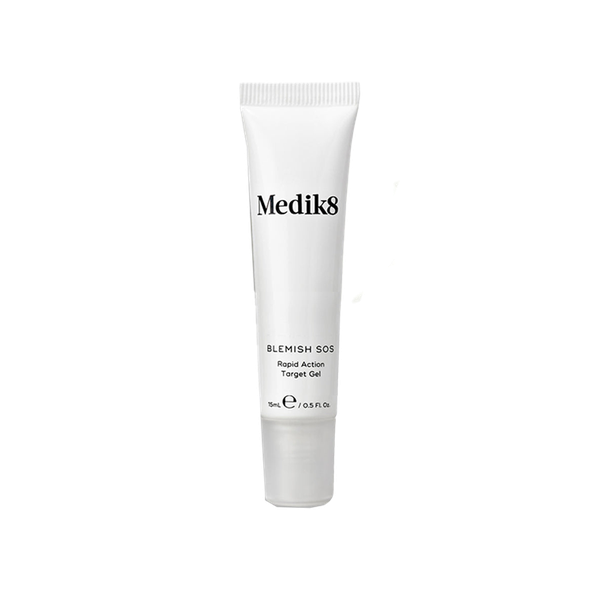
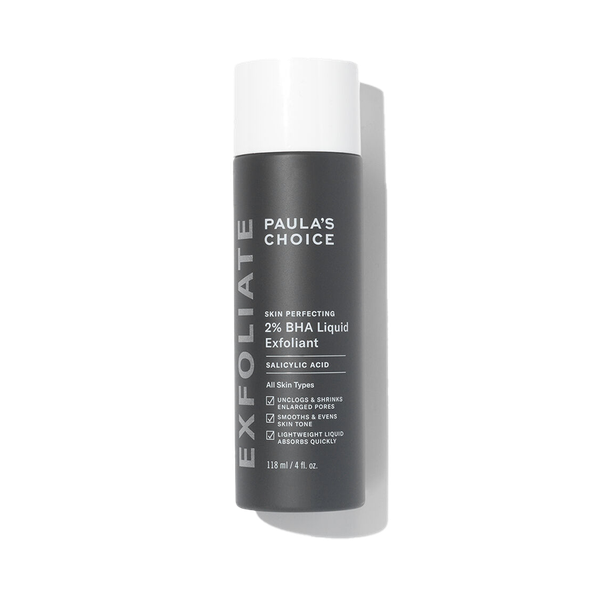
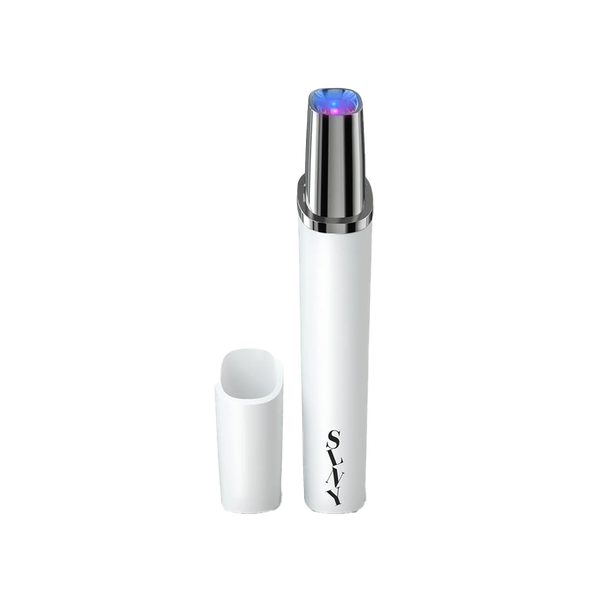
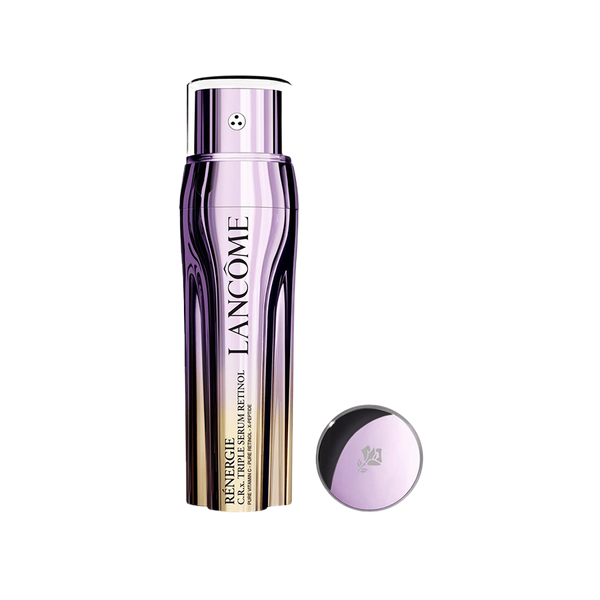
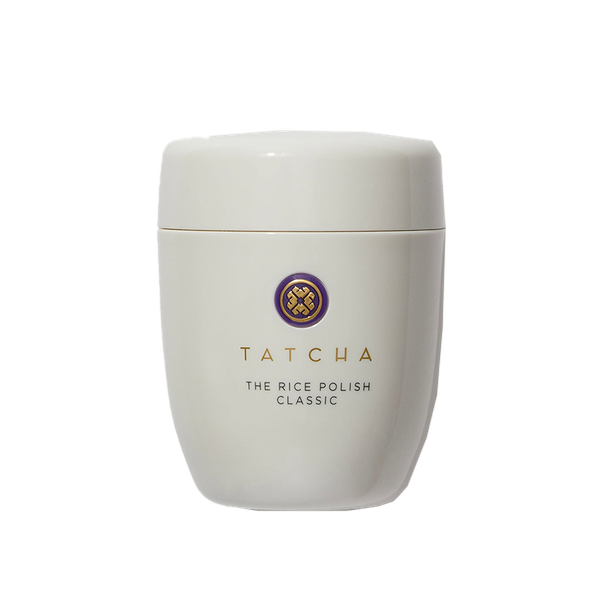
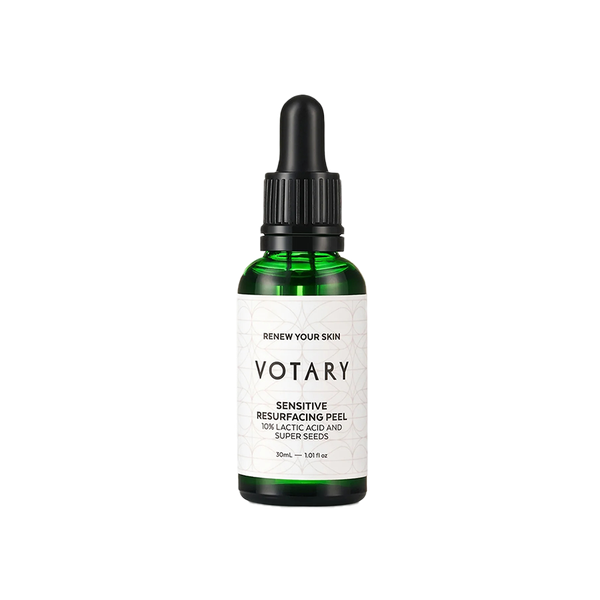
DISCLAIMER: We endeavour to always credit the correct original source of every image we use. If you think a credit may be incorrect, please contact us at info@sheerluxe.com.
